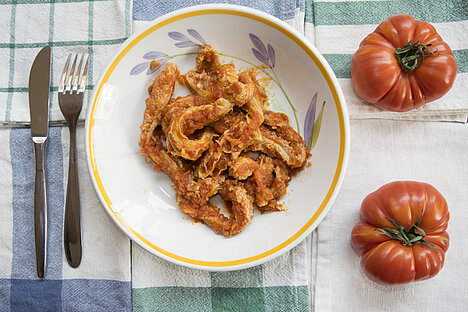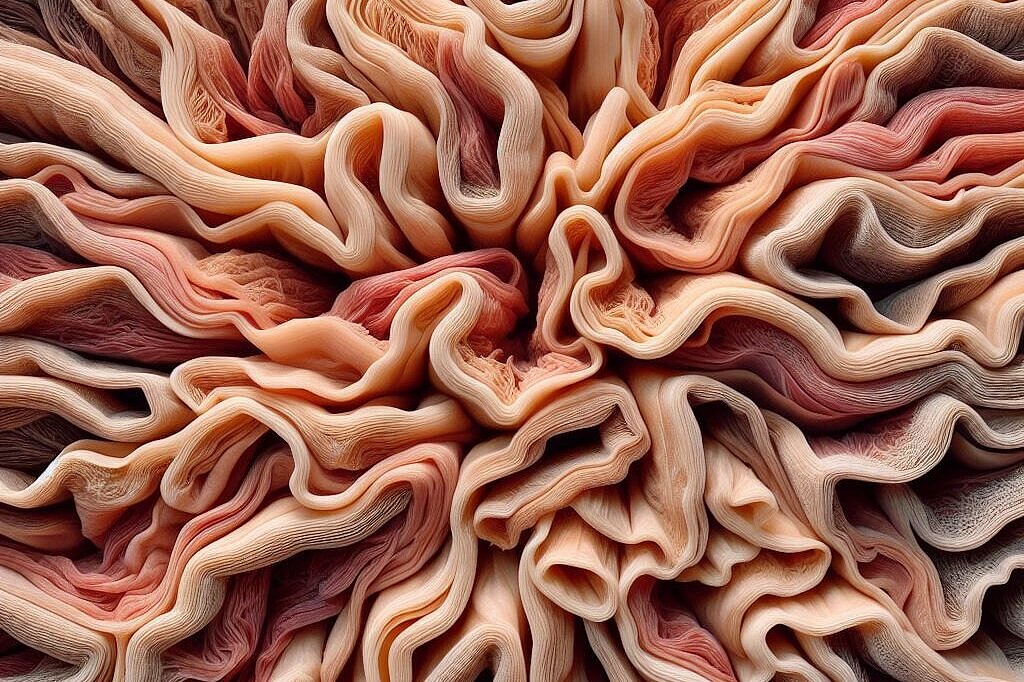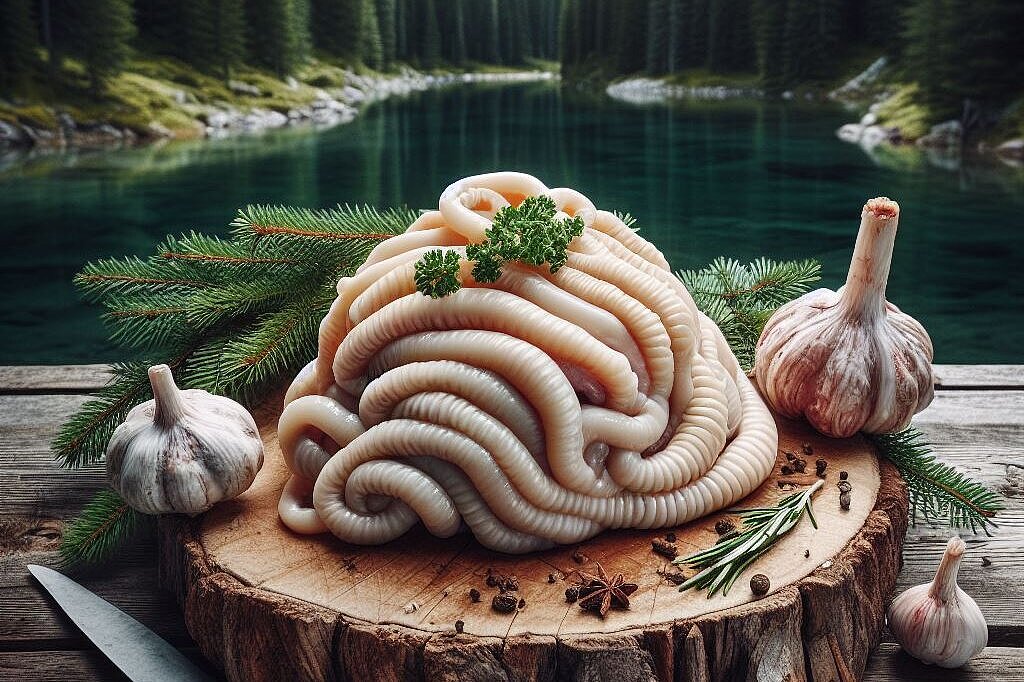Tripe

What is tripe?
Tripe is the offal of ruminants such as cattle, sheep or goats. It consists of the rumen, the reticulum, the pouch stomach and the abomasum. These four stomachs are responsible for the digestion of grass and other plants. Tripe therefore contains a lot of fiber, bacteria and enzymes that can be useful for dogs.
What are the benefits of tripe for dogs?
Tripe has several benefits for the health and well-being of dogs. Firstly, they are a natural source of protein, iron, zinc, vitamin B12 and other nutrients that are important for a balanced diet. Secondly, they can positively influence the intestinal flora of dogs, as they contain probiotic bacteria that promote digestion and strengthen the immune system. In addition, tripe can clean dogs' teeth by removing tartar and plaque. Last but not least, tripe is a tasty treat for many dogs, satisfying their natural instincts.
What are the disadvantages of tripe for dogs?
However, tripe also has some disadvantages that you should be aware of. For one thing, they can have an unpleasant odor that some people find difficult to tolerate. Secondly, it can contain germs and parasites that can be dangerous for dogs. You should therefore only buy fresh or frozen tripe and wash or cook it thoroughly before feeding it to your dog. You should also make sure that your dog does not eat too much tripe, as it is very high in fat and can lead to diarrhea or obesity. As a rule of thumb, tripe should not make up more than 10% of your dog's daily food ration.
How do you feed tripe to dogs?
You can offer your dog tripe raw or cooked. Raw meat has the advantage that it contains more nutrients and bacteria than cooked meat. However, you should make sure that you only buy raw tripe from trustworthy sources and process it hygienically. Cooked meat has the advantage that it contains fewer germs and parasites than raw meat. However, you should make sure that you do not overcook or over-salt cooked tripe, otherwise it will lose its flavor and nutritional value.
Tripe is a healthy and tasty snack for many dogs. It contains many nutrients and bacteria that are important for a balanced diet and good digestion. However, you should also be aware of some disadvantages, such as the odor, germs and fat content of tripe. You should therefore only buy fresh or frozen tripe and wash or cook it before feeding it. You should also make sure that your dog does not eat too much tripe, as this can lead to diarrhea or obesity.
Properties 1
Are you looking for other ingredients with a specific property?
Just click on them to find more.
If you notice any signs of hypersensitivity or poisoning in your dog, you should see your vet immediately. We are not a substitute for a vet, but we try to be as accurate as possible. Every dog reacts differently and we recommend you get a second opinion or consult your vet if in doubt.
Stay healthy and take good care of your four-legged friend!😊
Similar to Tripe
The rumen is the first of four stomachs that ruminants such as cows, sheep or goats have. It is used to pre-digest plant food and contains many bacteria, enzymes and microorganisms. These help the...
Beef rumen is part of the stomach of cattle. It consists of three layers: the inner stomach lining, a muscle layer and the peritoneum. The rumen is the first of four stomachs that cattle have. This...
Lamb rumen is the forestomach of a lamb, i.e. the first part of the digestive tract. It contains many nutrients that the lamb has absorbed from its mother's milk, as well as bacteria and enzymes...
Calf rumen is the forestomach of calves, i.e. the first part of the digestive tract. It consists of a thick mucous membrane with many folds and papillae. Calf rumen still contains remnants of the...

